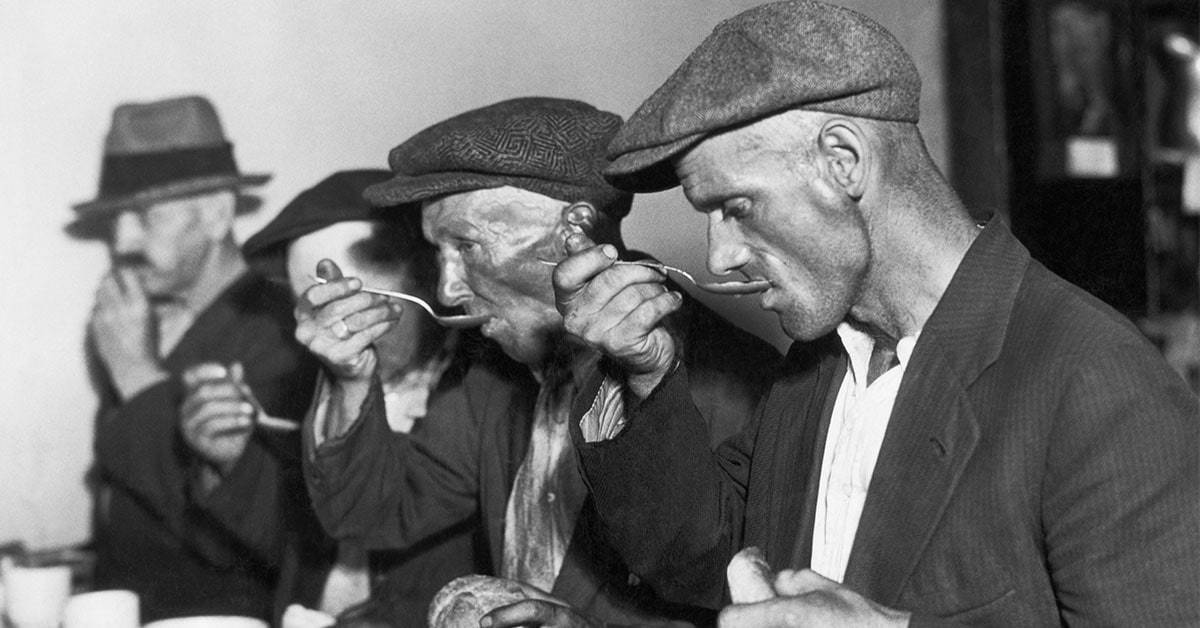The famed boss of the New England mafia, Raymond Patriarca, conducted his business from outside of a money changing shop in the centre of Federal Hill, one of the Italian American neighborhoods of Providence, Rhode Island. The cops knew who he was, what he did and who he did it with. So did everyone else on Federal Hill. He extorted, ran rackets, sharked loans and caused untold violence to the region over the two and a half decades that he sat atop organized crime in New England. Yet when he died, hundreds of people attended his funeral, lining the sidewalks as his casket moved through the streets of Providence.
How could a man with such a fearsome reputation and such little regard for human life be so feted by those most affected by his crimes? After all, the whims of gangsters such as Patriarca were most regularly meted out upon the citizens of Federal Hill, the small business owners who paid protection money and the struggling folk forced to take out loans to pay their bills. He was certainly no Robin Hood.

The truth is that the mob have often filled a hole in the welfare state, forming a state within a state and providing the services that the regular government is unable or unwilling to offer the people. The dichotomy of organized crime lies between the aims of the Mafia – to make as much money as possible for themselves and their associates – and the public relations campaign required to achieve those goals. Those most likely to have dirt on the activities of the mob are those most affected by it, the average joes trying to make ends meet, the residents of the low income neighbourhoods and immigrant communities on which they have traditionally fed. It pays to keep these people on your side. Organized crime ensures their loyalty via a combination of threats and PR exercises that remind people both of the danger of crossing the mob but also of their benevolence. They need to steal and extort from their own communities, but also make that community feel like the mob is on their side.

Nobody knew this better than the most famous mobster of them all, Al Capone. He was a pioneer of organized crime in the United States and one of the pillars of his organization was the soup kitchens that they ran on the depressed South Side of Chicago during the Great Depression and for a long time afterwards.
At one of the most economically perilous times in the history of the United States, when almost a fifth of men were unemployed and millions were on the breadline, Capone stepped in and did his bit for the people of Chicago. That he had caused untold violence and deprivation to the neighborhoods that his soup kitchen served was almost completely forgotten and as PR campaigns go, it was a total success.

